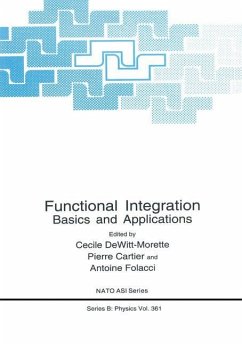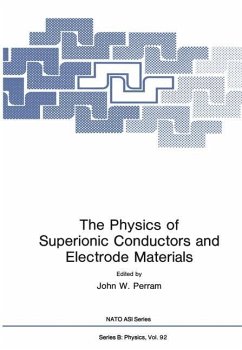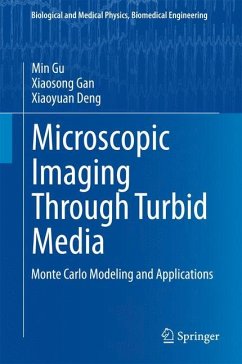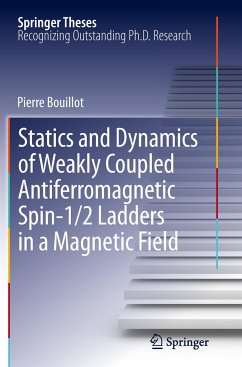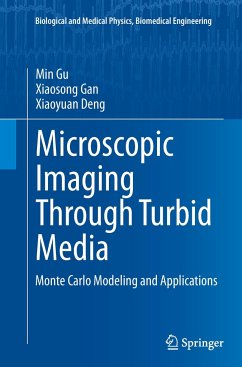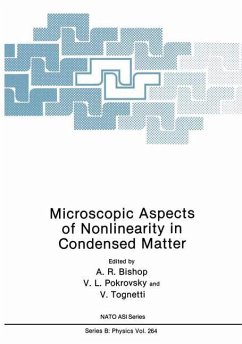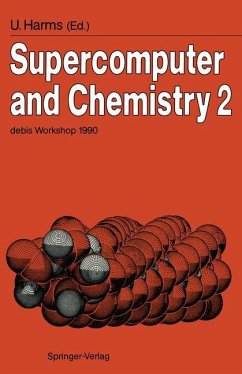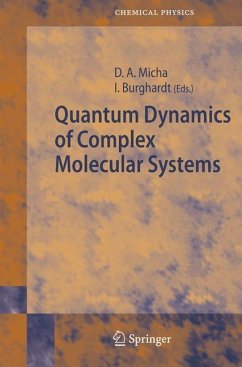
Microscopic Quantum Many-Body Theories and Their Applications
Proceedings of a European Summer School, Held at Valencia, Spain, 8-19 September 1997
Herausgegeben: Navarro, Jesus; Polls, Artur;Übersetzung: Brosche, M.
Versandkostenfrei!
Versandfertig in 6-10 Tagen
76,99 €
inkl. MwSt.

PAYBACK Punkte
38 °P sammeln!
Quantum many-body theories have become an essential tool for all physicists. The field is interdisciplinary, predicting the properties of macroscopic matter based on the fundamental interactions between the elementary constituents. This book presents a systematic and pedagogical approach to the coupled cluster method, correlated basis function theory and Monte Carlo methods. These topics are widely recognized and provide the most powerful and widely applicable theories of all available formulations of QMBT. As the future evolution of QMBT depends to a large measure on establishing links betwee...
Quantum many-body theories have become an essential tool for all physicists. The field is interdisciplinary, predicting the properties of macroscopic matter based on the fundamental interactions between the elementary constituents. This book presents a systematic and pedagogical approach to the coupled cluster method, correlated basis function theory and Monte Carlo methods. These topics are widely recognized and provide the most powerful and widely applicable theories of all available formulations of QMBT. As the future evolution of QMBT depends to a large measure on establishing links between these different methods, the authors discuss hyprid procedures that can build even further upon the huge strengths and great advantages of each theory.






